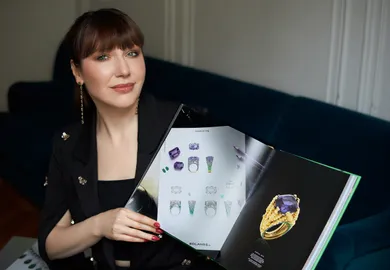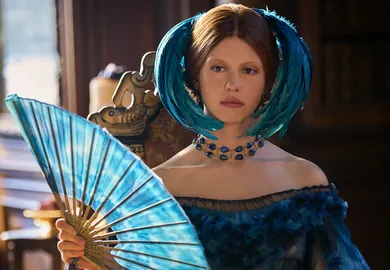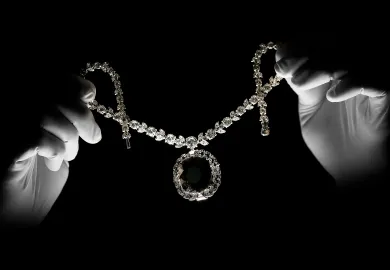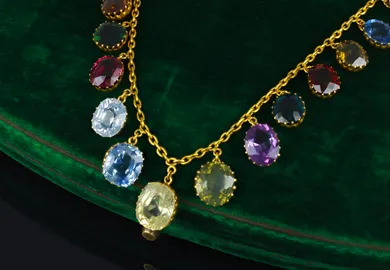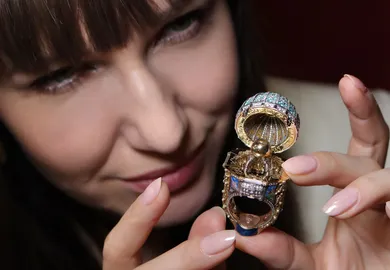

Art Deco Innovation: Exploring the Iconic Van Cleef & Arpels Mystery Setting
The Mystery Setting by Van Cleef & Arpels stands out as a masterpiece of Art Deco ingenuity. As the world celebrates the centenary of Art Deco in 2025, we are taking the opportunity to spotlight one of the most technically ambitious innovations to emerge from this golden era of jewellery design.
Van Cleef & Arpels’ Mystery Setting, or Le Serti Mystérieux as it is known in France, was patented in 1933. Genuine innovations are rare in the jewellery industry, and the unveiling of the Mystery Setting by Van Cleef & Arpels crowned a moment of intense competition between the famous French Maisons of the period. Many were trying to develop a method for invisibly setting stones so closely together that no metal was visible, but Van Cleef & Arpels got there first, inventing a technique that cleverly concealed a jewel’s architecture beneath a seamless surface of rubies, sapphires or emeralds. Giving the illusion that the gems are floating on the surface, Mystery Set jewels have been a feature of Van Cleef & Arpels high jewellery ever since.
This story is available to Katerina Perez Club members.
- How can a gemstone appear to float without a trace of metal?
- Why are Van Cleef & Arpels’ Mystery Set jewels considered among the rarest and most complex creations in haute joaillerie?
- What drew the 20th century’s greatest icons to Van Cleef & Arpels’ most mysterious creations?
Join the Katerina Perez Club and discover the 1930s technique that changed the world of jewellery forever.
Premium Membership
£15/month
Billed monthly. Cancel anytime*
Elite Membership
£13/month
Billed annualy. Cancel any time*
Already have an Account?
